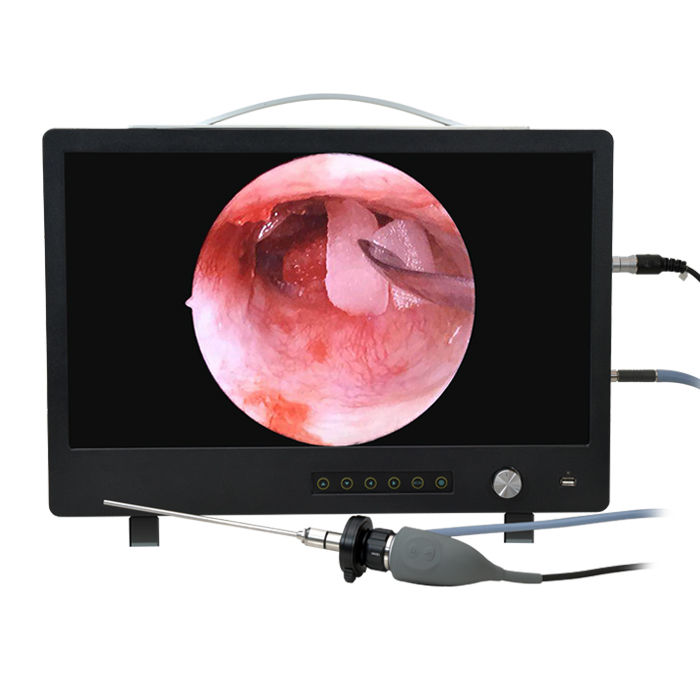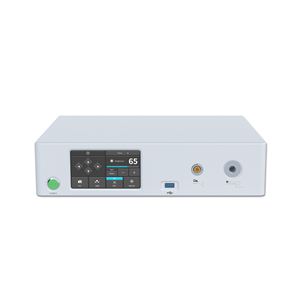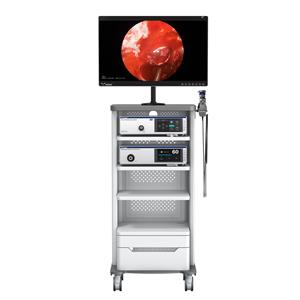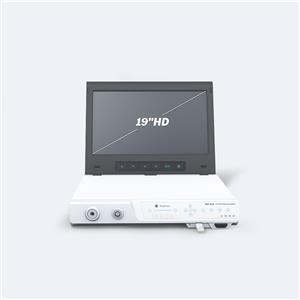What are the anti-fogging methods for the endoscope camera?
Minimally invasive surgery is widely carried out clinically, and when the endoscopic camera used in minimally invasive surgery enters the patient's body, due to the temperature difference between the body and the outside, part of the water vapor is very easy to condense after encountering the cold endoscopic lens. A layer of fog is formed, which affects the clarity of the surgical field on the display. Therefore, the anti-fog effect of the endoscopic camera is related to the success or failure of the operation. Therefore, the anti-fog treatment of the endoscopic camera is very important, What are the anti-fogging methods for the endoscope camera?
1. Physical anti-fog method
The method of preheating the lens with hot salt water is the traditional anti-fog method. Before the endoscope camera is placed in the human body, it is preheated with sterile saline at 60°C-80°C for 5-10 minutes. The mechanism is to increase the temperature near the front end of the lens within a short period of time to make it close to the temperature in the cavity. Prevent the water vapor from continuing to condense.
2. Chemical anti-fog method
1. The method of wiping the lens with iodophor cotton ball: put it in front of the lens head, wipe the front end of the lens with the iodophor cotton ball, and then wipe the excess iodophor with gauze. Iodophor is an amorphous compound containing iodine with surfactant as a carrier and co-solvent. It mainly releases elemental iodine to play a bactericidal effect. The surfactant acts as a carrier to help dissolve, and the surfactant itself has A certain degree of disinfection can form a protective film, which greatly weakens the adhesion of the fog to the lens;
2. Use anti-fog oil: Before the endoscope camera enters the human body, apply a layer of anti-fog oil on the surface of the dry lens. The anti-fog oil can form a single-molecule transparent film on the glass surface of the cavity mirror. The film reduces the surface tension of the lens and prevents water vapor from condensing into water droplets. Instead, a single-molecule transparent film covers the surface of the lens;
3. Alcohol anti-fog: wipe the endoscope lens with an alcohol cotton ball, wait until the alcohol evaporates, the cotton ball should not be too wet, it can be used about 40s
5. The anti-fogging effect of silicone oil: Silicone oil is a kind of organic silicon. Silicone has hydrophilic, highly active surface properties, low surface tension, easy spreading, strong affinity with glass, and is transparent and oil-free. Spots and other characteristics can prevent water vapor from forming fog on the glass;

- NEWS
- BLOG
- Industry News
- Company News




